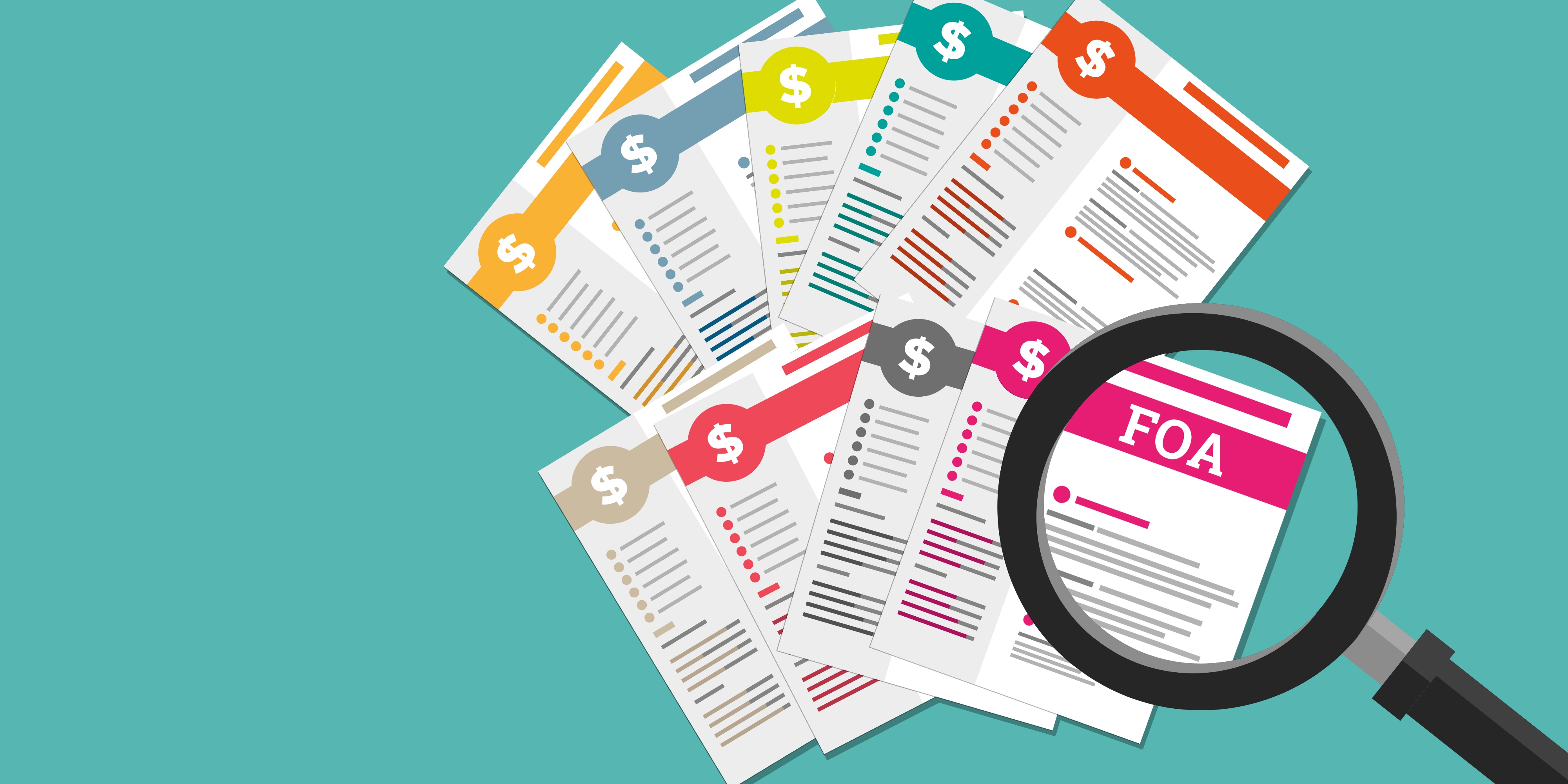Grant Writing Horrors: Conquering Your Worst Nightmares
Beth Sutter | October 31, 2023
As grant professionals, we know that grant applications can sometimes feel like a haunted house filled with unexpected surprises and twists. But fear not! This article will guide you through these spooky situations, so you're never left in the dark.
1. When you think you have an active UEI…
SAM.gov is the official U.S. Government system for obtaining a Unique Entity ID (UEI). If you’re applying for a federal grant, your organization must have one. This process can take up to 10 days for completed registrations to become active.
The solution: If you know you’ll be approaching federal funding at any point, start this process now. Already have one? Double check it’s not expired.
2. When it’s submission day, and you can’t log into the portal…
It’s finally submission day. Narrative: check! Budget: check! Forms: check! Time to upload… but you can’t log in!
The solution: Most funding agencies have their own submission portal or process. The funding announcement will tell you the submission process. Set up any accounts you’ll need as soon as possible. (Pro tip: log in early! Study what the portal looks like – sometimes there are additional form questions you’ll need to prepare.)
3. When you want the money, but don’t have a project ready…
You don’t want to miss out on a funding opportunity, but you’re not really sure what to submit… next thing you know, you’re inventing a project from scratch and there’s not enough time to put together a cohesive and competitive narrative.
The solution: Don’t make a project fit an opportunity; find the opportunities that fit your project! CFS can help you achieve your strategic vision.
4. When you miss the deadline…
The ultimate application nightmare. Grant deadlines can be missed for a variety of reasons—slow info gathering, unexpected organizational decisions, unprepared project team, or technical issues—and cause that sinking feeling.
The solution: Start planning early. Even before the opportunity even opens! Pull together the project budget, scope, and start conversations with colleagues and external partners who would be involved. Once the opportunity opens, plot out deadlines and stick to them. Keep a buffer of at least a week for final reviews and approvals. (Pro tip: submit at least 48 hours before the deadline to ensure technical issues don’t slow you down!)
5. When you don’t win…
It happened. After all the time, the resources, and the waiting (oh, the waiting), the notice finally comes: “Your grant application has not been accepted.”
The solution: Don’t give up! Each grant loss is a learning opportunity. Any number of factors can impact the selection process: the number of grants received, the amount of funding available, the type or location of the project, or the alignment of your project with the agency’s goals. Review any feedback they provide. Ask for a more in-depth debrief if possible. Study what applications won – how does your project compare? Use these notes as inspiration to revisit your project and start improving your application for the next round of funding.





